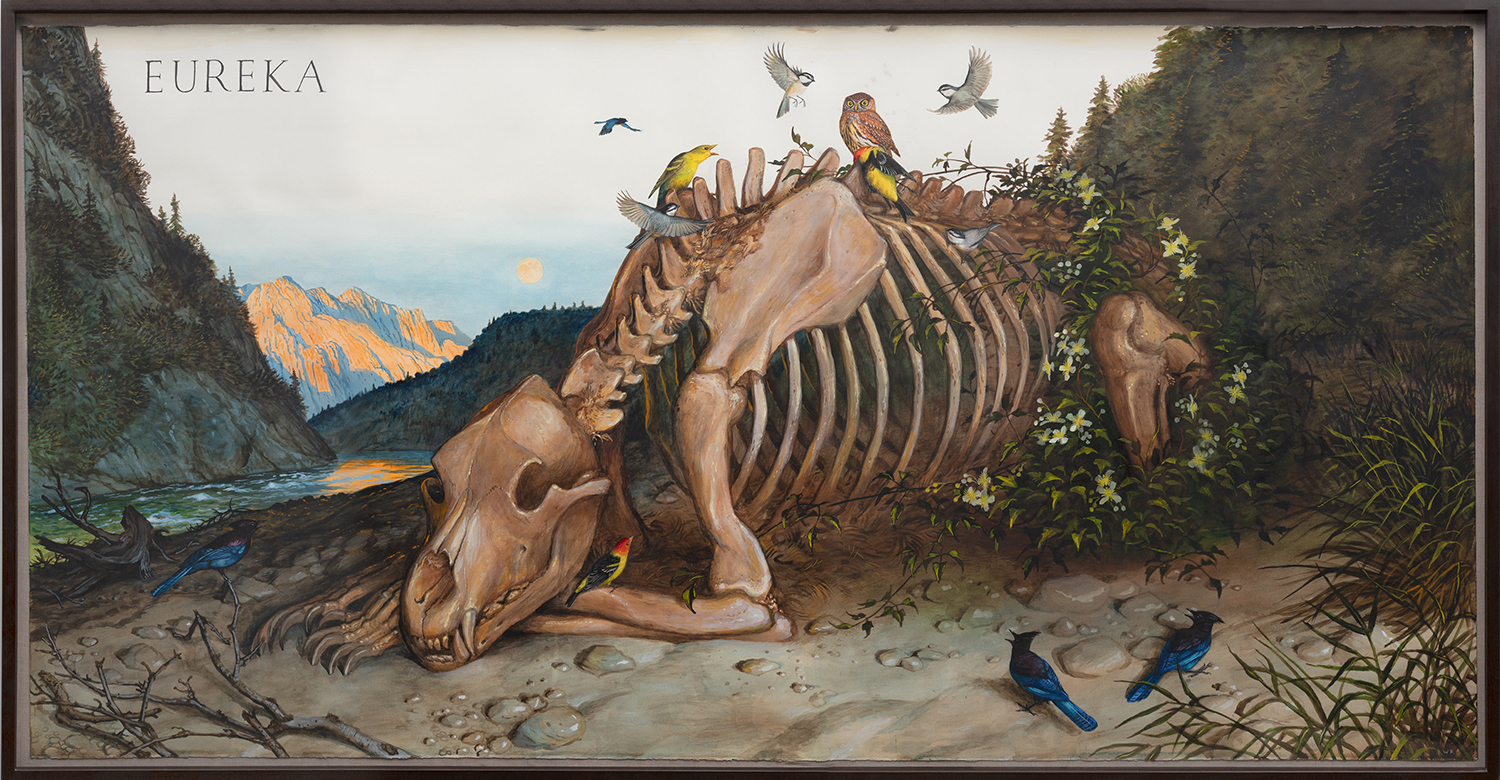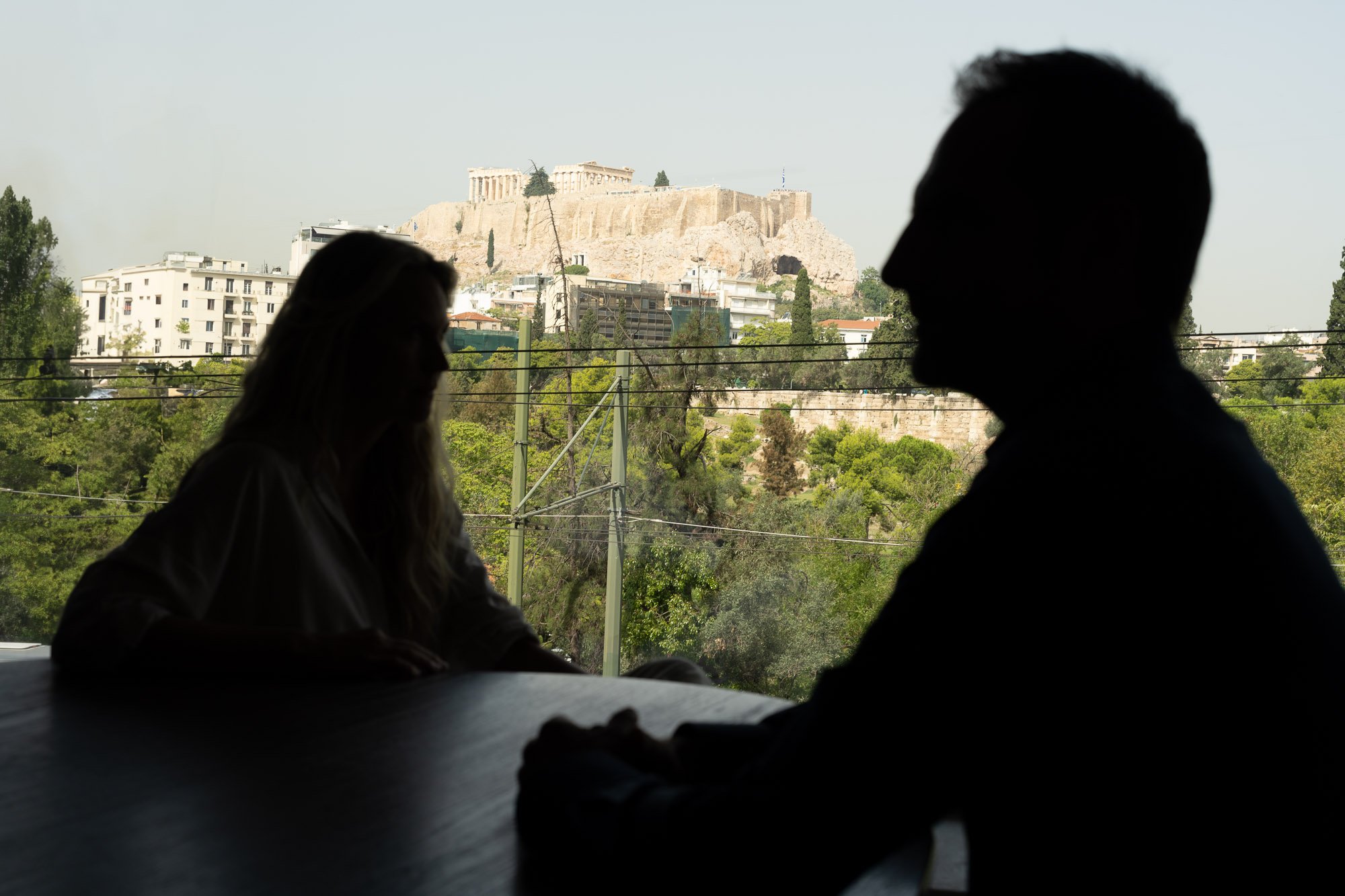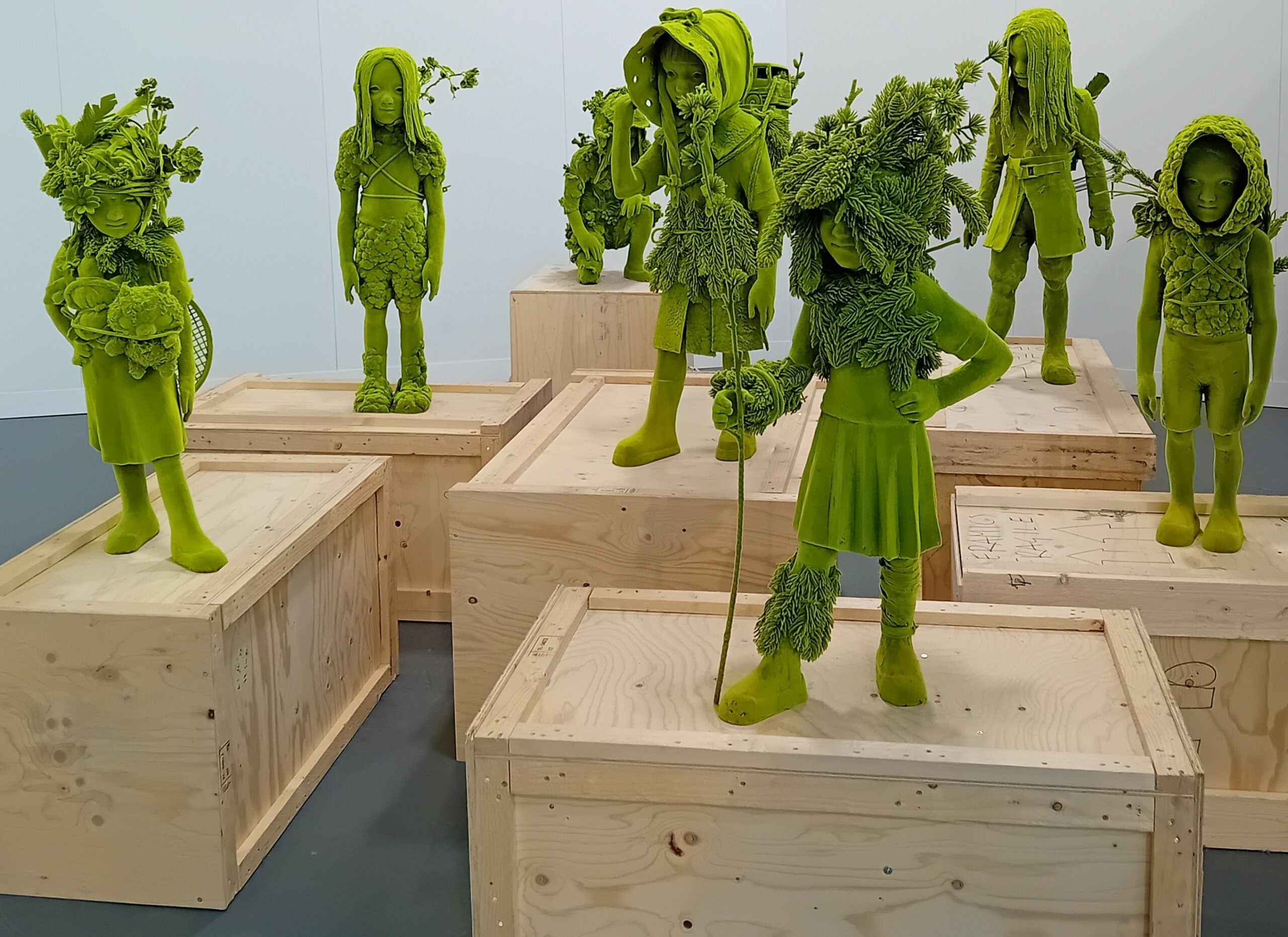Emic Etic?
2019 - Sculpture (Sculpture)
Dimensions variable
Jorge Satorre
In 1872, a German scientist, Sir Julius von Haast, found the fossilized remains of a giant bird in New Zealand, that was soon connected to the Maori legend of the Hokioi. The Maori folklore recounts the story of an eagle of immense proportions that was said to be capable of devouring human beings. The bones uncovered by the scientist included a femur, one rib, and two claws. That finding turned a ‘myth’ into a ‘scientific fact’. More recently, it was discovered that Haast’s eagle evolved from The Little Eagle of Australia over hundreds of thousands of years to become approximately fifteen times larger than its original size. This discovery is the starting point for Jorge Satorre’s work Emic Etic? . The title of Satorre’s project is based on the principle of methodological difference between records. Referencing the natural science museum tradition of making replicas of species in their collections, Satorre produced scale models of the evolutionary process of the eagle fossil discovered by Haast. The artist reproduced the evolutionary process of the Haast eagle in reverse by embracing the characteristics of clay, which reduces in size by 15% when fired. In order to achieve this, Satorre cast and fired replicas of the four original bones from the Haast eagle several times over until they became the size of the bones of the Little Eagle of Australia. The process-oriented work considers how Westernized methodologies of discovery and science intersect with cultural mythologies; how the scientific and the supernatural don’t always necessarily discount one another.
Jorge Satorre’s practice prioritizes manual processes and experiments with different materials in specific historical or geographical contexts. The artist has developed a series of responses to uncover gaps that are considered irrelevant and that have been excluded from hegemonic narratives, seeking to create doubt around the issues he addresses. Originating projects with drawing as the primary medium, Satorre claims and champions unrepresented opinions regarding the revelation of subaltern truths. It is not unusual for the artist to collaborate with researchers and specialists from other fields such as historians, geologists, writers, or other artists who contribute to determining each project’s specificity.
Colors:
Related works sharing similar palette

© » KADIST
Michael Rakowitz
2017The Ballad of Special Ops Cody by Michael Rakowitz is a serio-comic stop motion animated film in which an everyday African-American G...

© » KADIST
Elisheva Biernoff
2009In her recent work, Biernoff is interested in investigating fictions and fantasies embedded in the remnants of consumer culture (for example magazines) or through ephemera such as postcards and old photographs...

© » GALERIE MAGAZINE
5 Must-See Artworks at ZonaMaco 2024 - Galerie Subscribe Art + Culture Interiors Style + Design Emerging Artists Discoveries Artist Guide More Creative Minds Life Imitates Art Real estate Events Video Galerie House of Art and Design Subscribe About Press Advertising Contact Us Follow Galerie Sign up to receive our newsletter Subscribe ZONAMACO 2024...

© » KADIST
Phan Thao Nguyên
2013On September 22, 1940 the French signed an accord, which granted Japanese troops the right to occupy Indochina...

© » KADIST
Lenka Clayton and Phillip Andrew Lewis
2022Five Hundred Twenty-Four, a single-channel video installation by Lenka Clayton and Phillip Andrew Lewis, features singers from over twenty Cleveland-area choirs counting numbers in an iterative process: one person sings “one”, then two people sing “two”, and so forth, to 524...

© » ARTS EQUATOR
Weekly Southeast Asia Radar: Artists join in #JunkTerrorBill; Indonesia's promised arts funding | ArtsEquator Thinking and Talking about Arts and Culture in Southeast Asia ArtsEquator Radar Arya Dipa via Jakarta Post June 3, 2020 ArtsEquator’s Southeast Asia Radar features articles and posts about arts and culture in Southeast Asia, drawn from local and regional websites and publications – aggregated content from outside sources, so we are exposed to a multitude of voices in the region...

© » KADIST
Photo-writing Sammy Baloji and Filip De Boeck in conversation with Dominique Malaquais “Starting from our own practice, a collaborative ‘photo-writing’ between a visual artist and an anthropologist, this presentation will reflect on the possibilities of combining various artistic and anthropological approaches and inroads into the city (in our own case this means the urban contexts of the Global South, in particular Central Africa)...













